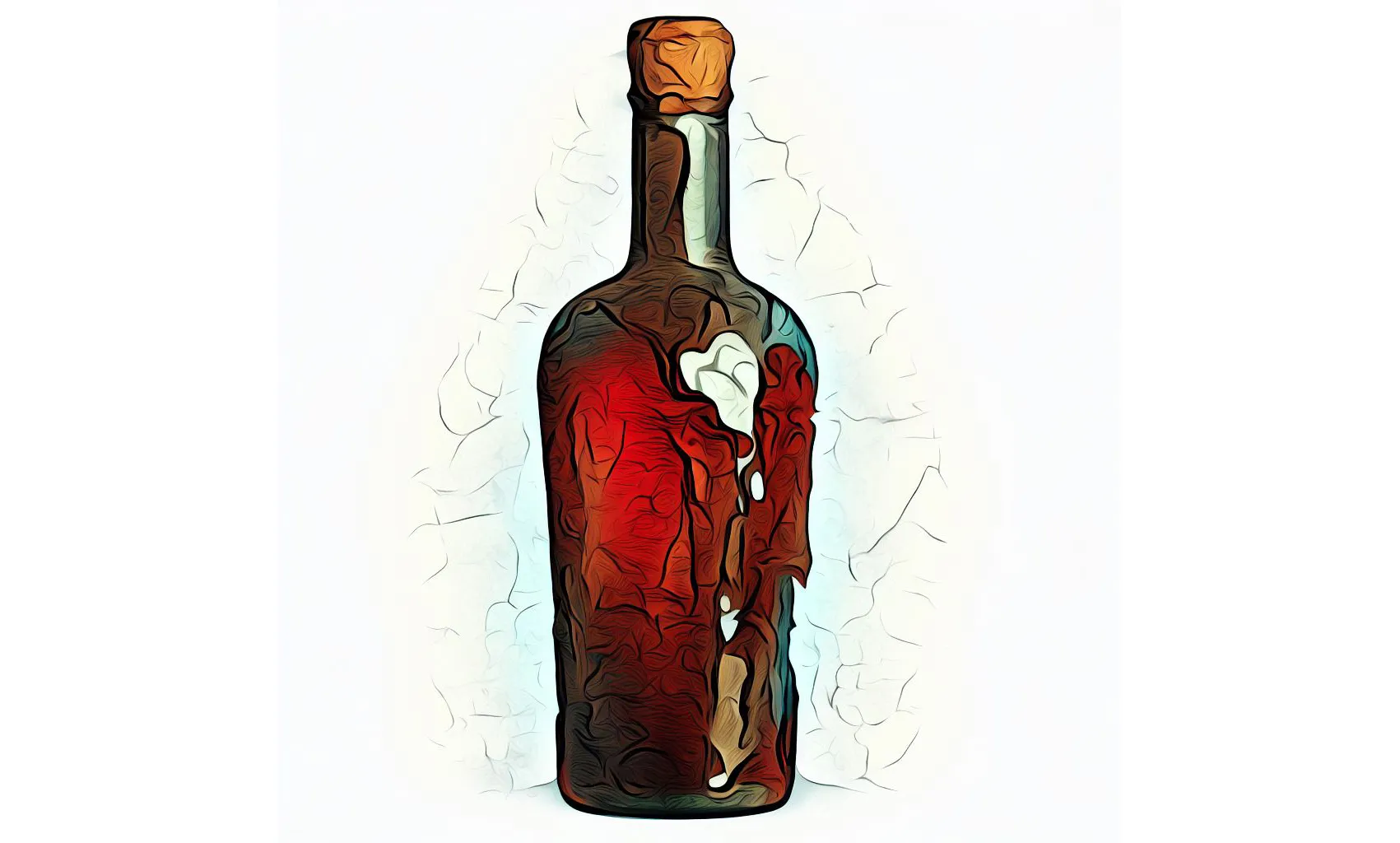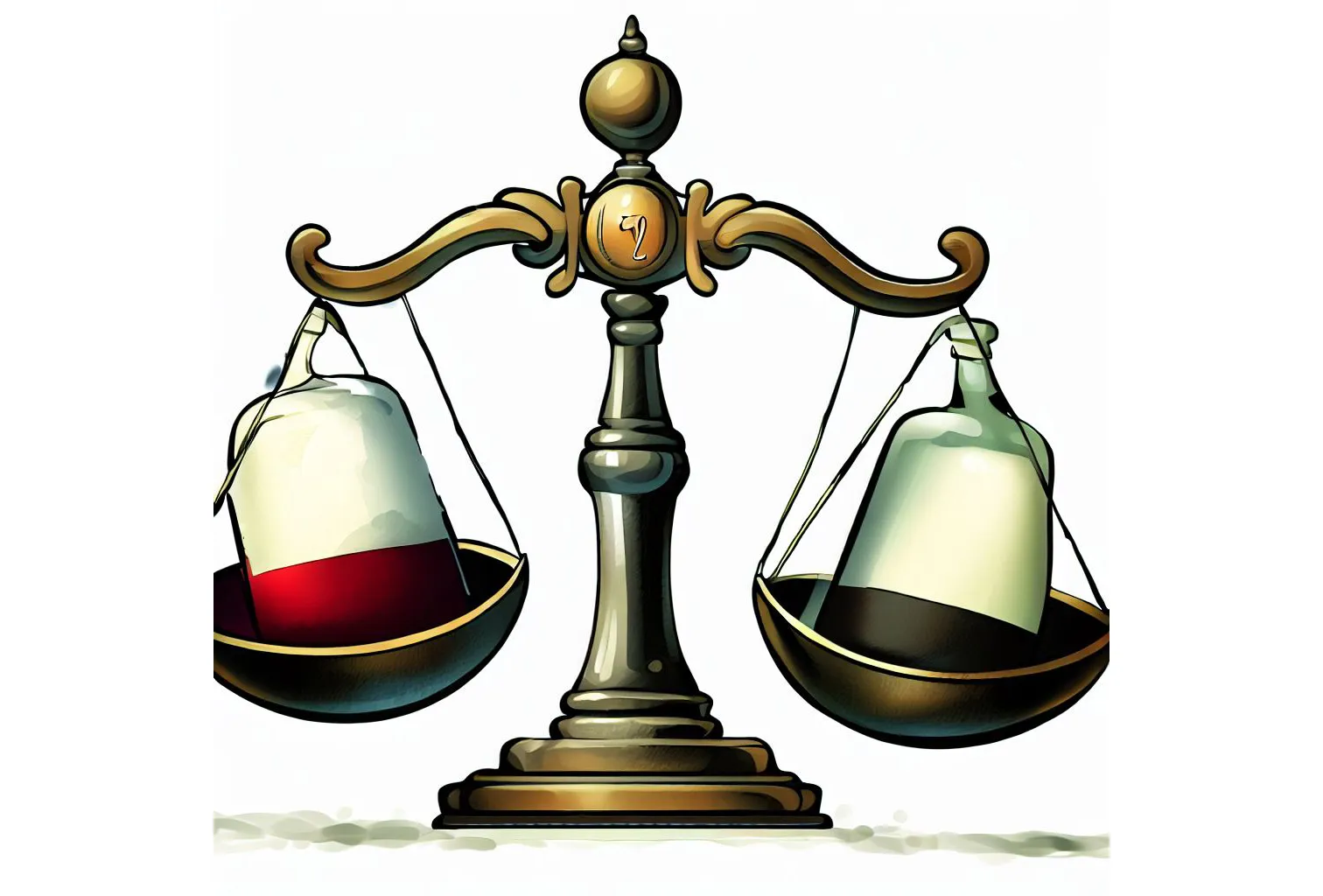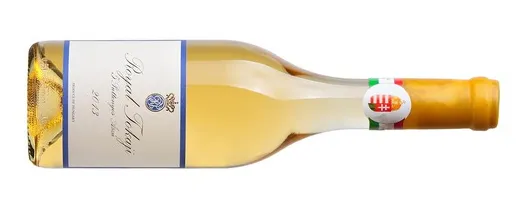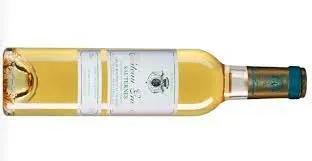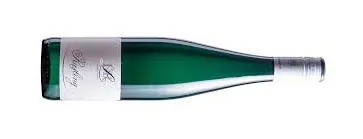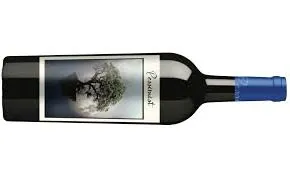- Wine Color/Type
- Top Occasions
- Unique Wines
- Surprise Me!
Aging Wine: Myth vs. Reality
"Red wines improve with age!" This well-worn adage often resonates through candle-lit soirées, opulent dinner parties, or occasional gatherings with friends. In contrast, we frequently hear assertions like "White wines don't age" or "Rosés are best enjoyed young." How much credence should we give to these statements? Pour yourself a contemplative glass, and let's demystify this age-old topic.
Old bottles of wine are highly sought after. (Photo: AI generated, Dall-E)
Picture wine as a calibrated scale. On one side, we have sugars and acidity, and on the other, tannins and alcohol. Suspended between these elements is the wine's flavor profile, posing the tantalizing question: "How will these flavors evolve, and will they continue to resonate with my palate a decade from now?"
The elegance with which a wine ages is a delicate dance between the balance of these components and the inherent character of the grape. Take, for example, the noble Sauternes or a dry Riesling, both boasting an alcohol by volume (ABV) of around 13% and offering pronounced acidity. Although they differ in sugar content and lack tannins, their expressive flavor profiles earmark them as exemplary candidates for aging. With time, these wines don't just age; they transform, offering richer and more intricate tasting experiences, thereby enhancing their overall quality.
On the other hand, ponder over a delicate red wine with smooth tannins. If it's a dry variety, with modest acidity, minimal residual sugar, and mainly showcasing a subtle fruity essence, its prospects for improved aging are slim. Rather than blossoming with age, it may lose its vivacity without achieving the desired complexity sought by connoisseurs.
More Than Structure
However, is it solely a wine's inherent attributes that dictate its aging potential? Surprisingly, no. Winemaking techniques, from vinification to decisions like oak barrel maturation, wield significant influence. These methods can amplify a wine's character, granting it depth and intricacy, thus facilitating its graceful evolution.
Consider the winemaking traditions in Bandol. Here, Grenache, Cinsault, and Mourvèdre grapes, matured on old vines, undergo hand-harvesting. These grapes, renowned for their flavor intensity, are further enriched by partial oak aging. This harmonious blending of balanced components and profound flavors suggests a promising aging trajectory of an additional 5-7 years.
When the wine offers a balanced structure and the flavor profile can develop, the stage is set for the wine to mature. (Photo: AI Generated, Dall-E)
Surveying the vast landscape of winemaking, it's clear that wines, like stories, have diverse destinies. While some are crafted to be savored in their sprightly youth, others, showcasing the perfect synergy of elements, are fated to evolve into timeless legends, captivating us with each unfolding chapter.
Practice Makes Perfect
For those keen on mastering the art, dabbling in purchasing aged wines or even maturing wines at home can be enlightening. Here is a helpful tip, wines like fortified varieties, those with high acidity, exceptionally sweet ones, and robust reds brimming with intensity often shine brighter with maturation. However, some wines profit with only a short maturation of 2 - 5 years, while other wines can benefit from maturation of more than 20 years. Countries like Spain release the wines late, making matured wine accessible for everyone. Nevertheless, even those wines can benefit from further maturation in your wine cellar.
To support you in the journey, we have highlighted some affordable and exciting wines, which are delightful now, but can develop with further maturation.
Cheers from the VinoVoss team!
Peter Douglas
Latest articles

